Top 10 must visit africas natural reserves
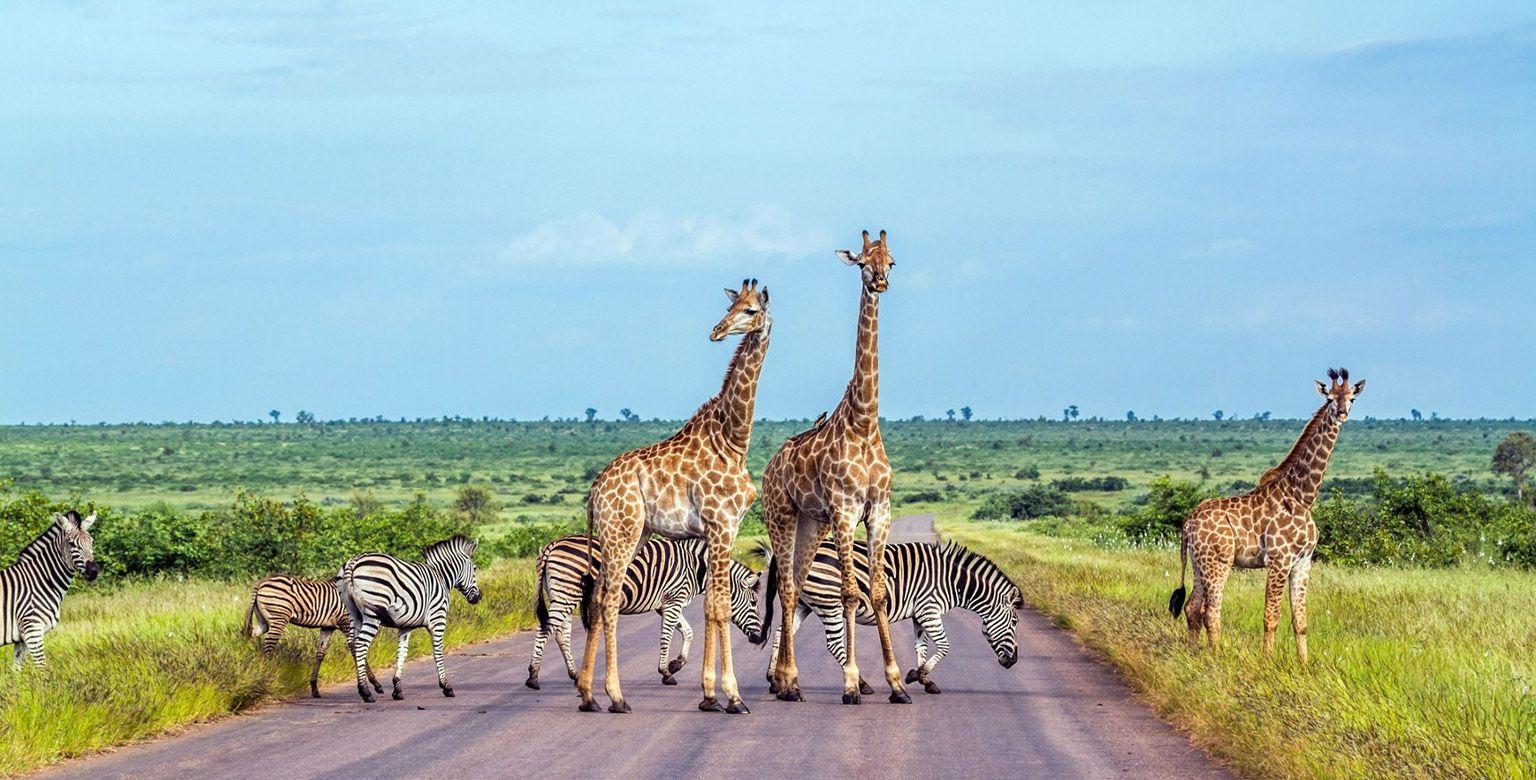
Africa's natural reserves are a testament to the continent's exemplary beauty and unmatched biodiversity. Spanning thousands of square kilometers, these protected areas offer a front-row seat to iconic wildlife and diverse ecosystems. From the vast wilderness of Tanzania's Selous Game Reserve and Botswana's Central Kalahari to the world-renowned Great Migration in the Serengeti, each reserve presents a unique experience. Beyond the classic safari, destinations like Uganda's Bwindi Impenetrable National Park offer unique encounters with mountain gorillas, while the Okavango Delta provides a serene water-based safari. These reserves are not only crucial for conservation but also deeply intertwined with the cultural heritage of local communities, making them a unique blend of adventure, culture, and nature.
Africa: the land of untamed wilderness, breathtaking landscapes, and some of the most iconic wildlife on the planet. It’s a continent that lures adventurers, nature enthusiasts, and conservationists alike with its unparalleled biodiversity and vast natural reserves. Whether it’s the sprawling savannahs, dense tropical forests, or arid deserts, Africa’s natural reserves encapsulate the essence of life in its rawest and most magnificent form.
These reserves are more than just destinations; they are sanctuaries for thousands of species, many of which are endemic and endangered. They offer a front-row seat to nature’s grandest spectacles—think wildebeest migrations, lion hunts, and elephant herds trekking across ancient trails. Beyond their ecological importance, these protected areas also serve as cultural heritage sites, deeply intertwined with the traditions and livelihoods of local communities.
What makes Africa’s natural reserves even more compelling is their sheer scale. We’re talking about areas so vast they span countries, host diverse ecosystems, and hold secrets of the Earth’s evolutionary history. From Tanzania’s Selous Game Reserve, one of the largest protected areas in the world, to Botswana’s Okavango Delta, a UNESCO World Heritage site teeming with wildlife, each reserve offers a unique glimpse into the wonders of the natural world.
In this blog, we’ll journey through Africa’s top 10 largest natural reserves, exploring their unique ecosystems, wildlife, and the unforgettable experiences they offer. Whether you’re a seasoned traveler or dreaming of an African adventure, these reserves should be at the top of your bucket list. So, let’s dive into the heart of Africa’s wilderness and uncover its most iconic natural treasures.
Top 10 Largest Natural Reserves in Africa
Africa’s natural reserves are a testament to the continent’s exemplary beauty and unmatched biodiversity. These sprawling protected areas house iconic wildlife and preserve diverse ecosystems, ranging from lush wetlands to arid deserts. Each reserve has a unique charm, history, and contribution to conservation efforts. Below, we’ll explore the top 10 largest natural reserves that are must-visit wildlife destinations for any traveler seeking adventure and serenity in equal measure.
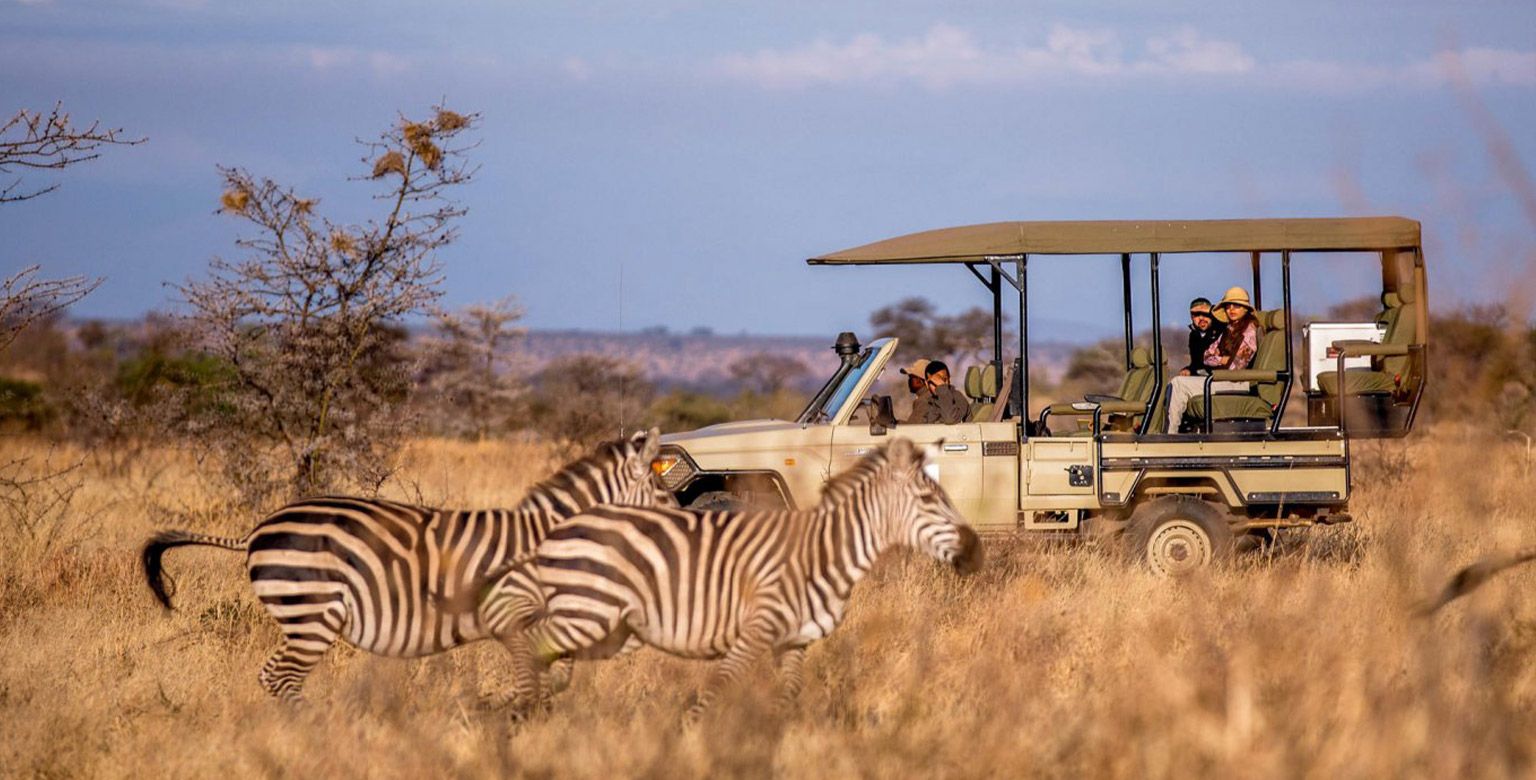
1. Selous Game Reserve, Tanzania
Nestled in southern Tanzania, the Selous Game Reserve is a crown jewel among Africa’s natural reserves. Spanning over 50,000 square kilometers, it is one of the largest protected areas in the world and a UNESCO World Heritage site. This untouched wilderness is a haven for biodiversity, boasting a mix of savannahs, wetlands, and dense woodlands.
Selous is renowned for its extraordinary wildlife, including large populations of elephants, lions, giraffes, and hippos. It’s also home to critically endangered African wild dogs, which thrive in its remote corners. The reserve intersects the majestic Rufiji River, whose oxbow lakes and channels create a lifeline for many species. Visitors can enjoy boat safaris, which offer a unique perspective on the teeming wildlife along the riverbanks.
What sets Selous apart is its raw and unspoiled character. Unlike other reserves attracting large crowds, Selous offers a sense of solitude, allowing travelers to bond with nature most naturally. Conservation remains at the heart of its management, with eco-tourism playing a vital role in protecting its delicate ecosystems.
For anyone seeking an authentic African safari experience, Selous Game Reserve promises an unforgettable journey into the heart of the wild. It’s the perfect place to explore Africa’s largest and most magnificent natural reserves.
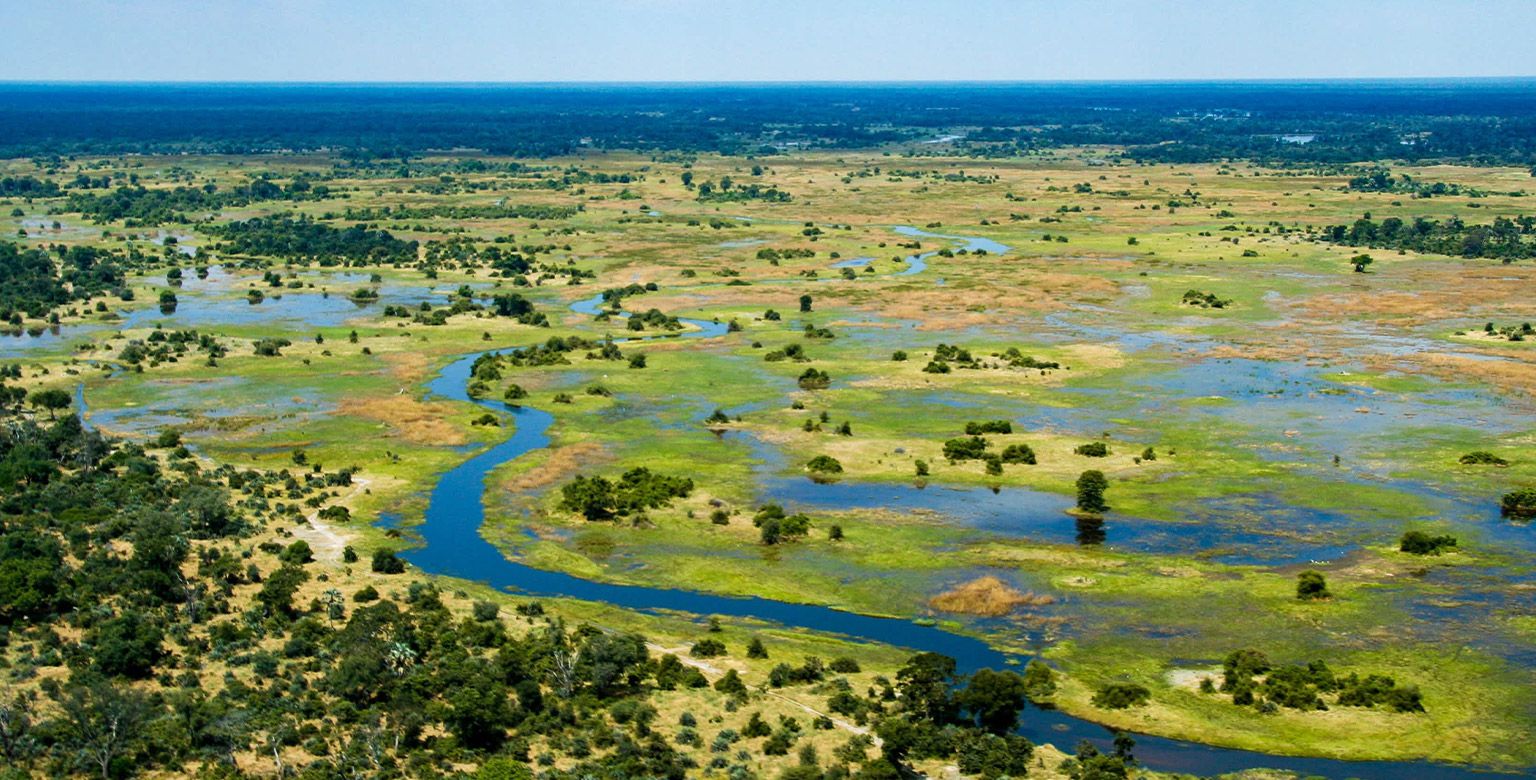
2. Central Kalahari Game Reserve, Botswana
The Central Kalahari Game Reserve (CKGR) in Botswana is a vast expanse of wilderness that epitomizes Africa’s raw and untouched beauty. Covering approximately 52,800 square kilometers, it’s one of the largest game reserves in the world and the largest in Botswana. The CKGR is a land of contrasts, featuring golden dunes, expansive savannahs, and ancient river valleys, all coming together to create an otherworldly landscape.
This reserve is home to a unique array of wildlife adapted to its arid environment. Iconic species such as lions, cheetahs, and giraffes roam the reserve alongside springboks, gemsboks, and brown hyenas. One of the most fascinating inhabitants is the Kalahari black-maned lion, a subspecies that has evolved to thrive in the challenging conditions of this semi-desert.
Beyond its wildlife, the CKGR offers a chance to connect with the rich cultural heritage of the San people, one of the world’s oldest surviving cultures. Visitors can experience their traditional knowledge of survival, tracking, and storytelling, which is deeply tied to the land they have inhabited for millennia.
What makes the Central Kalahari so appealing to adventurers is its remoteness. It’s a place where the silence is profound, the skies are dazzling with stars, and the sense of isolation is both humbling and inspiring. Game drives here are less predictable and more rewarding, offering a chance to encounter animals in a pristine, undisturbed habitat.
Whether you’re seeking dramatic landscapes, fascinating wildlife, or an immersive cultural experience, the Central Kalahari Game Reserve showcases the resilient beauty of Africa’s wilderness.
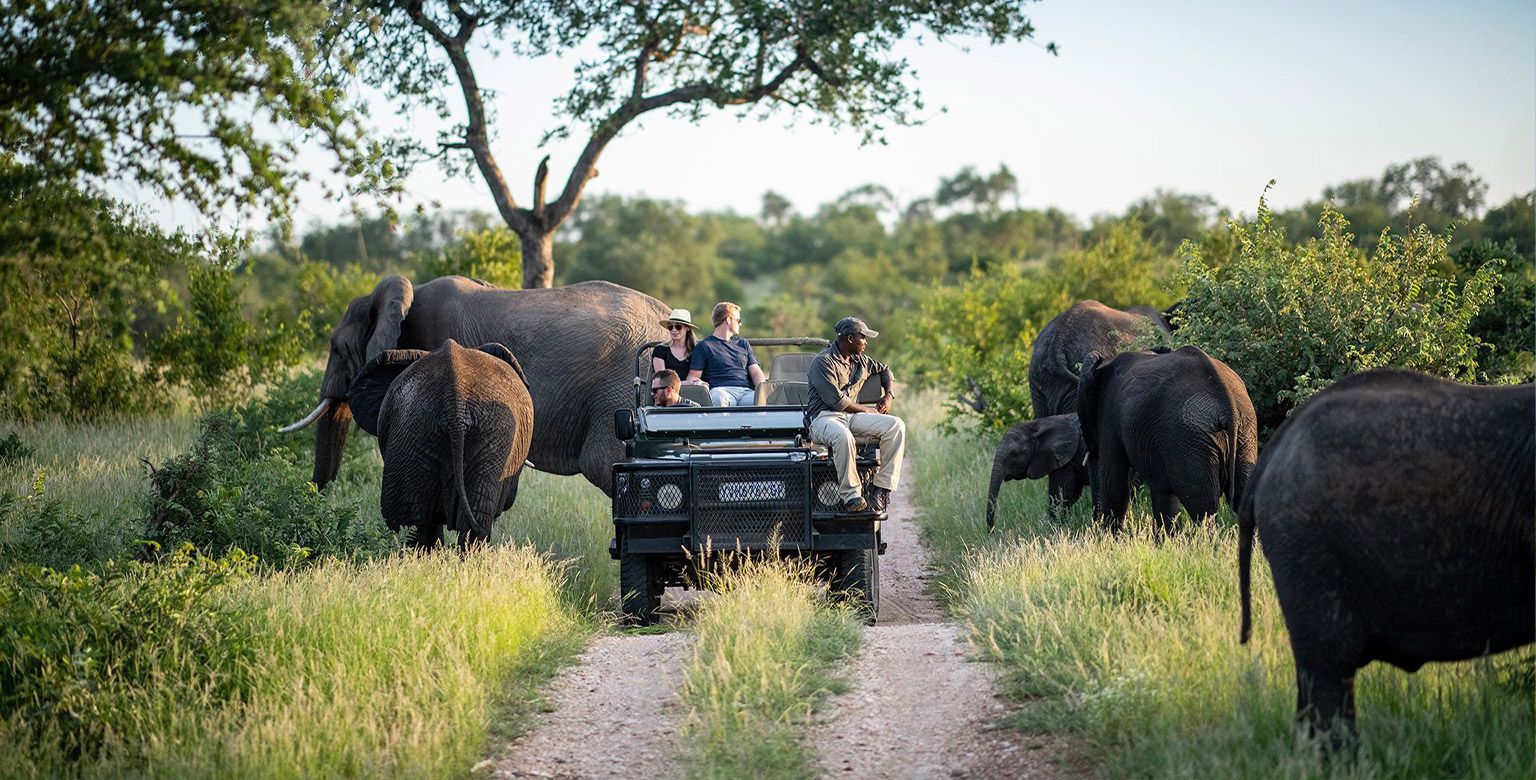
3. Kruger National Park, South Africa
Kruger is a Big Five destination, home to elephants, lions, leopards, rhinoceroses, and Cape buffaloes, but its treasures go far beyond these iconic species. With over 500 bird species, 147 mammal species, and a stunning variety of reptiles, the park is a haven for nature enthusiasts and photographers alike. Its landscapes range from grassy plains to lush riverine forests, each teeming with life.
What sets Kruger apart is its infrastructure, making it ideal for both novice and experienced travelers. The park boasts an extensive network of well-maintained roads, numerous rest camps, and guided safari options. Visitors can choose between self-drive adventures or guided game drives, ensuring flexibility in exploring the park.
Beyond the wildlife, Kruger offers a glimpse into South Africa’s cultural heritage. Sites such as Thulamela and Masorini reflect the area’s rich archaeological history, showcasing artifacts and ruins from ancient civilizations. The park’s emphasis on conservation and sustainable tourism ensures that these natural and cultural treasures will be preserved for future generations.
Kruger National Park offers the perfect mix of adventure, comfort, and accessibility, making it a must-visit destination for anyone exploring Africa’s natural wonders.
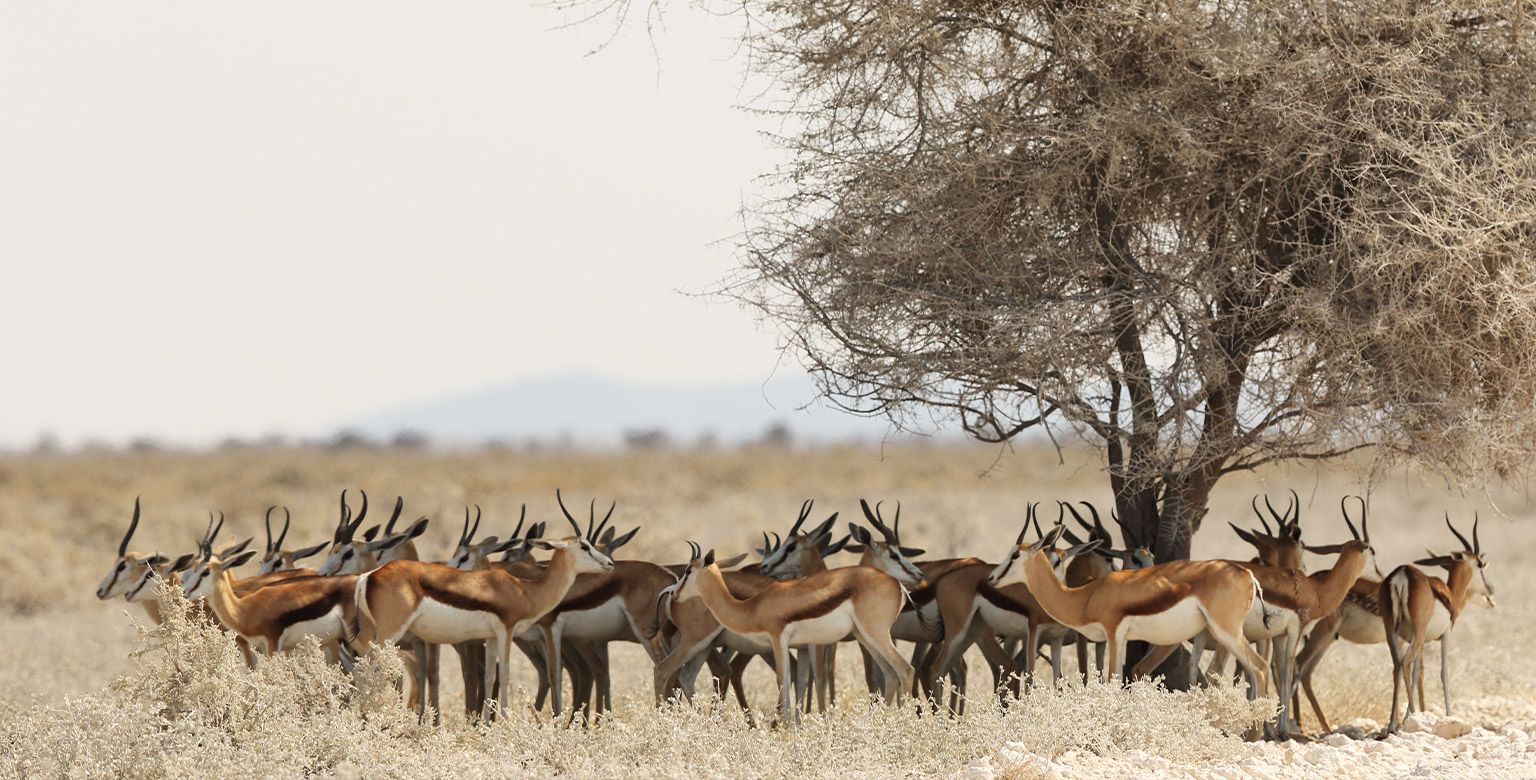
4. Namib-Naukluft National Park, Namibia
Stretching across a staggering 49,768 square kilometers, Namib-Naukluft National Park is a mesmerizing landscape of extremes. Situated in Namibia, this park is home to the world’s oldest desert, the Namib, and features some of the tallest sand dunes on Earth. These iconic orange dunes, especially those at Sossusvlei, are a photographer’s paradise and a symbol of Namibia’s breathtaking natural beauty.
The park’s unique ecosystem is adapted to the harsh desert environment. Animals like oryx, springbok, and Hartmann’s mountain zebras thrive in this arid terrain alongside smaller creatures such as geckos and beetles that have developed ingenious survival methods. One of the most extraordinary residents is the Welwitschia plant, a living fossil that can survive for thousands of years with minimal water.
Namib-Naukluft is not just about its wildlife; it’s a place of stark, otherworldly beauty. Visitors can explore the Dead Vlei, a surreal clay pan dotted with the skeletons of ancient camelthorn trees, or marvel at the Sesriem Canyon, carved by millennia of erosion, for adventure seekers, sandboarding, hot-air ballooning, and desert trekking offer unforgettable ways to experience the park’s dramatic landscapes.
The park also contributes significantly to Namibia’s eco-tourism efforts. Its remote lodges and camps are designed to minimize environmental impact while providing visitors with an immersive desert experience. The dark skies here are perfect for stargazing, offering an unparalleled view of the Milky Way.
Namib-Naukluft National Park is a testament to the resilience and beauty of life in one of the world’s harshest climates. Its vast, unspoiled wilderness and unique geological features make it an unmissable destination for anyone venturing into Africa’s natural reserves.
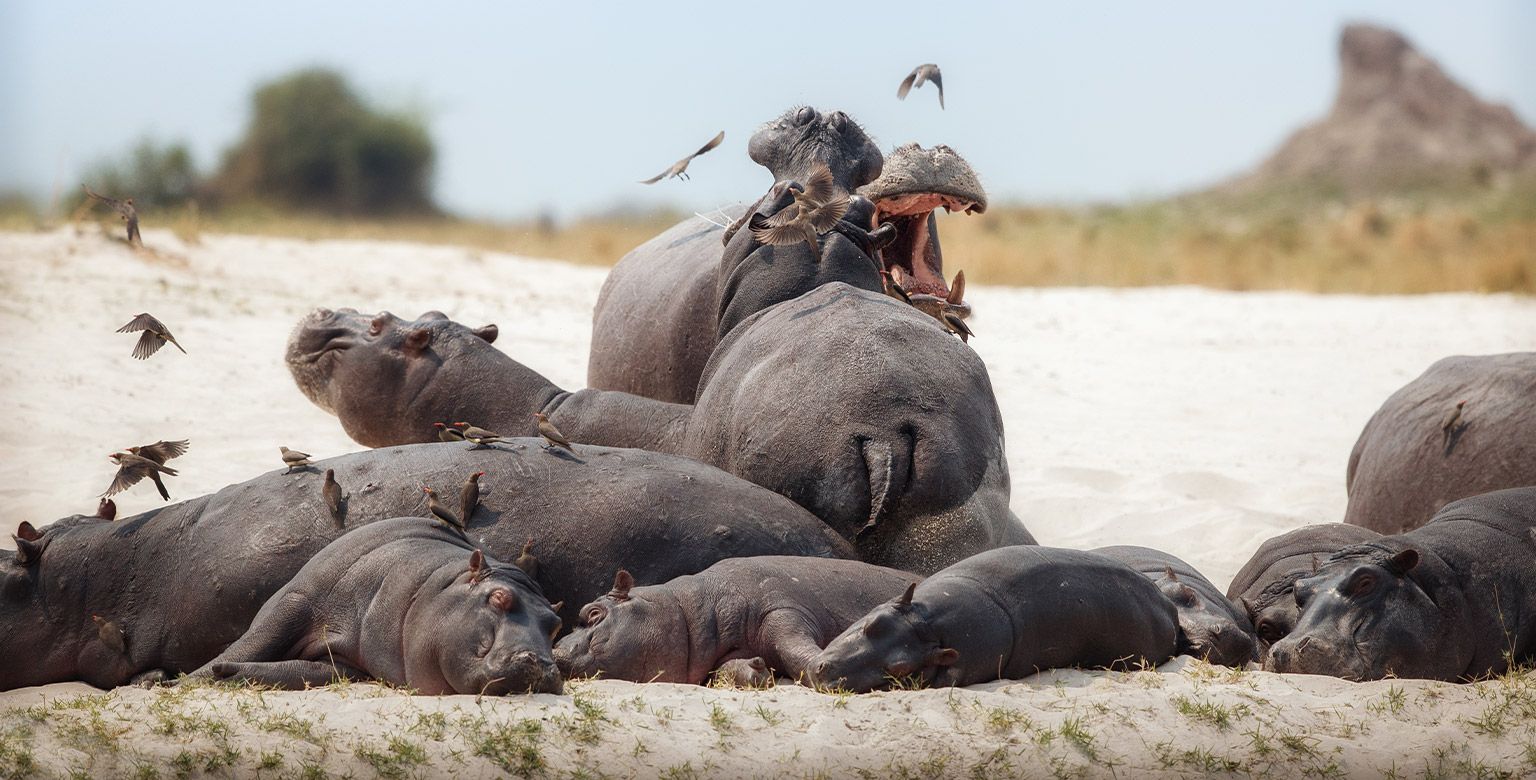
5. Etosha National Park, Namibia
Located in northern Namibia, Etosha National Park spans approximately 22,270 square kilometers and is a wildlife enthusiast’s dream come true. Its centerpiece is the Etosha Pan, a vast, saline depression visible from space. This dramatic feature defines the park’s landscape, transforming into a shimmering oasis during the rainy season and attracting a myriad of wildlife.
Etosha is home to numerous species, including elephants, lions, leopards, rhinos, giraffes, and countless antelopes. The park is particularly famous for its black rhinoceroses, one of the largest populations in the world, and its massive elephant herds, often covered in a speck of striking white dust from the pan. Birdwatchers will also delight in spotting over 340 bird species, such as flamingos, which flock to the pan after the rains.
What sets Etosha apart is its network of waterholes, both natural and man-made, scattered across the park. These waterholes act as magnets for wildlife, especially during the dry season, offering visitors unparalleled opportunities for game viewing. Many lodges and campsites are strategically placed near these waterholes, allowing for an intimate wildlife experience without leaving your accommodation.
Etosha’s accessibility and self-drive options make it a favorite among travelers. Well-maintained roads and clear signage mean visitors can explore the park at their own pace, making it an excellent destination for those seeking a flexible safari adventure. The park's strong focus on conservation also ensures that it remains a safe haven for its iconic wildlife.
Whether you’re visiting for the dramatic landscapes of the Etosha Pan or the incredible concentration of wildlife, Etosha National Park promises an unforgettable journey into the heart of Africa’s wilderness.
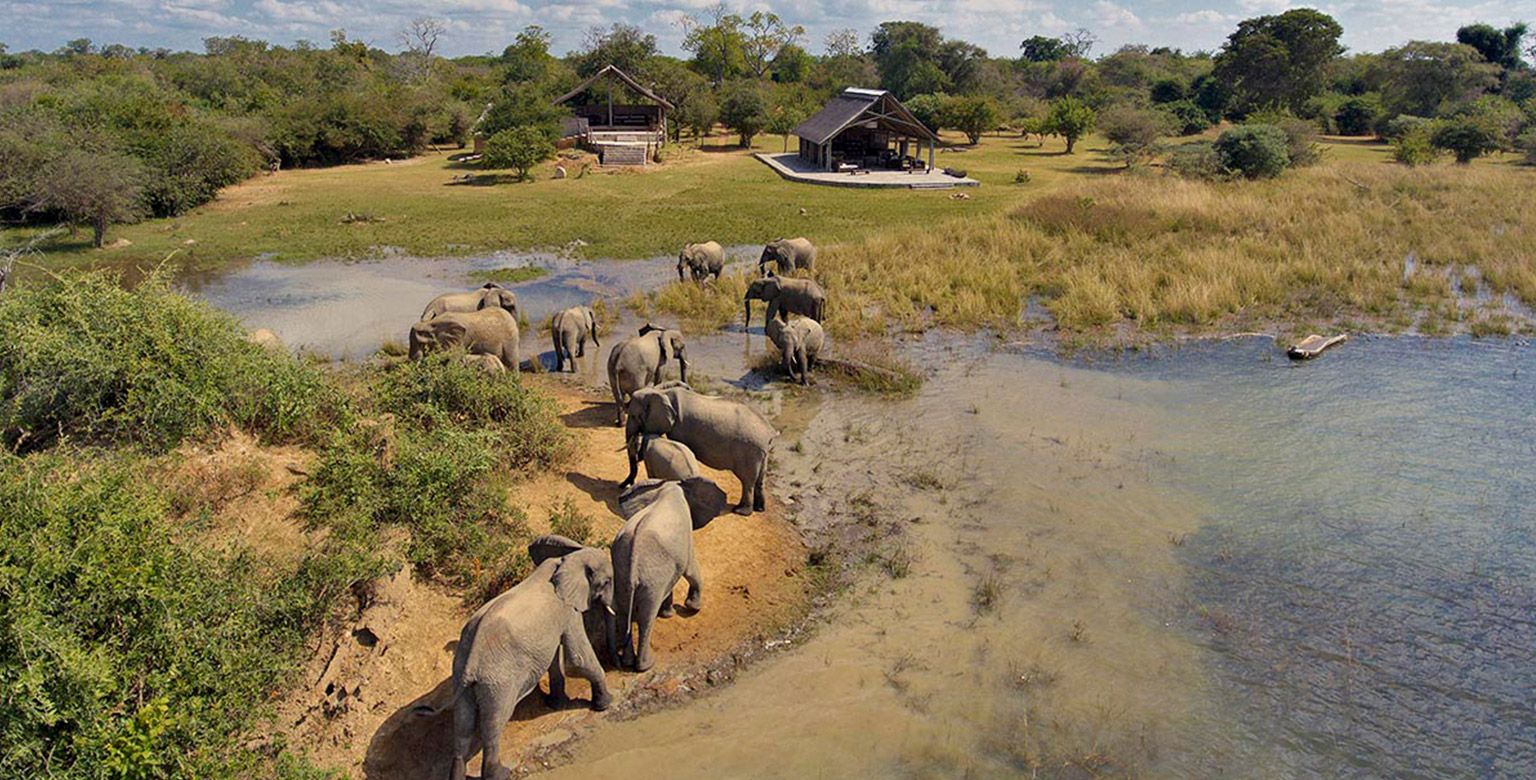
6. Kafue National Park, Zambia
Hidden in the heart of Zambia, Kafue National Park is a vast wilderness that spans an extraordinary 22,400 square kilometers, making it one of the largest national parks in Africa. Despite its impressive size, Kafue remains relatively underexplored compared to other parks on the continent, offering a truly unique and secluded safari experience.
This park’s varied ecosystems are its greatest strength. Kafue supports an incredible diversity of flora and fauna, from the lush riverine forests along the Kafue River to the open Busanga Plains and sprawling miombo woodlands. It’s a haven for over 150 species of mammals, including lions, leopards, cheetahs, and one of Africa’s most stable populations of
African wild dogs. The rare sitatunga and red lechwe antelope thrive in the park’s wetlands, while a large elephant and buffalo herds roam the woodlands and savannah.
Kafue is also a paradise for birdwatchers, with over 500 recorded species. Highlights include the wattled crane, Pel’s fishing owl, and the elusive African finfoot. During the dry season, the park’s waterholes and rivers teem with life, drawing predators and prey alike to these vital resources.
The Busanga Plains is the jewel in Kafue’s crown. This seasonal floodplain becomes a hotspot for wildlife viewing during the dry season, with its vast, open landscapes providing excellent opportunities to spot predators in action. For those seeking a bird’s-eye view of this spectacular region, hot-air balloon safaris over the plains offer an unforgettable experience.
What makes Kafue particularly special is its tranquility. Unlike more famous parks, Kafue remains delightfully uncrowded, allowing for intimate and uninterrupted wildlife encounters. Its eco-conscious lodges and remote camps ensure a sustainable approach to tourism, preserving its pristine beauty for generations to come.
For travelers seeking untamed beauty and a safari off the beaten path, Kafue National Park delivers an unforgettable adventure in the heart of Africa.
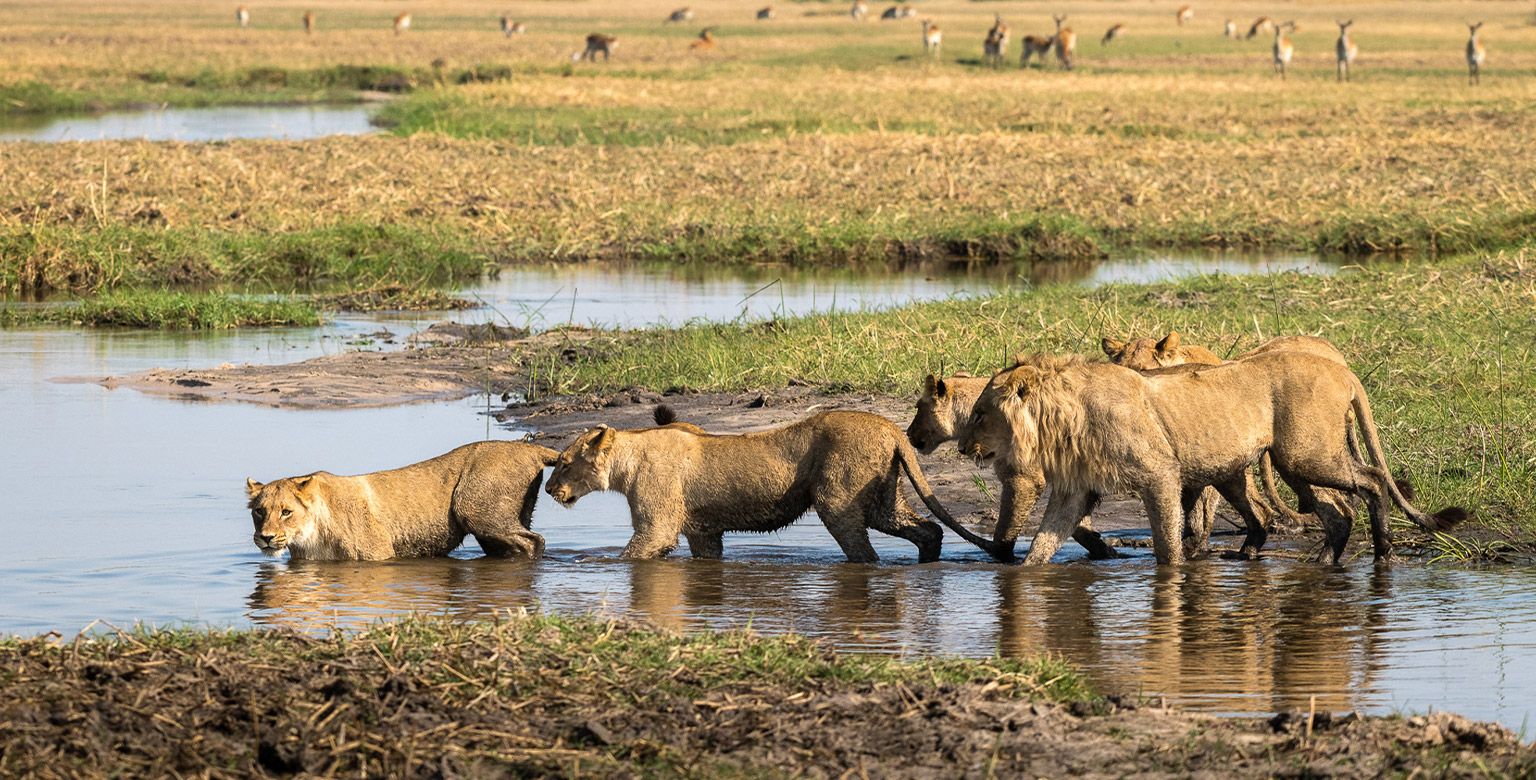
7. Okavango Delta, Botswana
Nestled in the heart of southern Africa, the Okavango Delta is a mesmerizing labyrinth of lagoons, islands, and meandering waterways. Spanning around 15,000 square kilometers, this UNESCO World Heritage Site is one of the world’s most extraordinary natural phenomena. Unlike most deltas, the Okavango doesn’t flow into a sea or ocean; instead, it spills into the arid Kalahari Desert, creating a lush oasis in the midst of harsh surroundings.
The delta’s seasonal flooding is a life-giving force that transforms the landscape into a vibrant ecosystem teeming with wildlife. Elephants, lions, hippos, leopards, and crocodiles thrive here, alongside endangered species such as African wild dogs and sitatunga antelopes. The region is also a paradise for bird enthusiasts, with species like the African fish eagle, the malachite kingfisher, and the endangered wattled crane often spotted in its wetlands.
What makes the Okavango Delta truly magical is its immersive safari experience. Visitors can explore its waterways on traditional mokoro canoes, gliding silently past wildlife in a way that feels both serene and adventurous. Walking safaris on the delta’s islands offer a closer connection to the land, allowing travelers to appreciate its delicate ecosystems and stunning biodiversity.
The Okavango is also deeply intertwined with the culture of the local communities, such as the BaYei people, who have lived harmoniously with this unique environment for generations. Their traditional knowledge and sustainable practices are integral to preserving the delta’s fragile balance.
For those seeking an unforgettable wilderness escape, the Okavango Delta offers an unparalleled experience of Africa’s beauty, blending adventure, tranquility, and the raw power of nature.
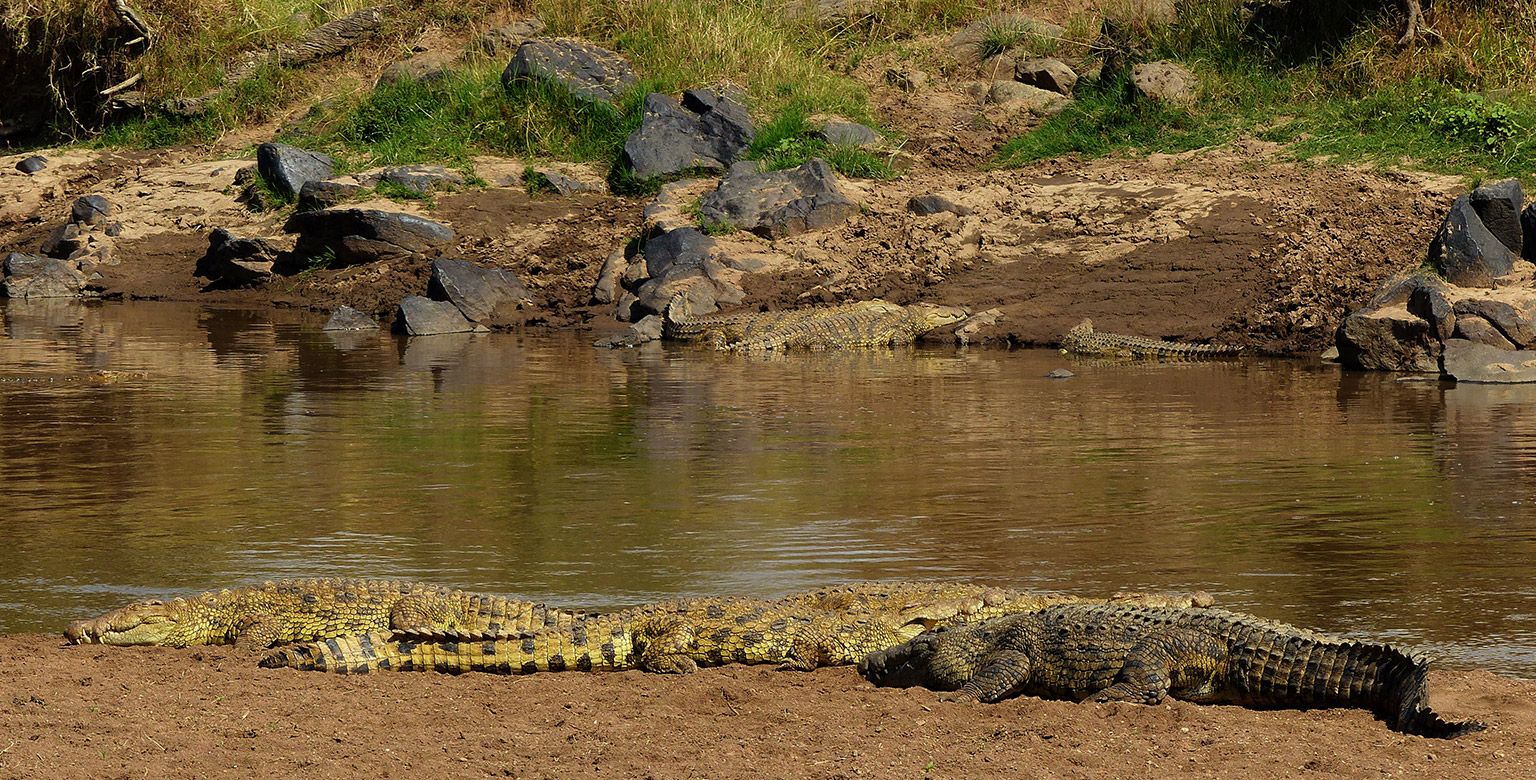
8. Serengeti National Park, Tanzania
The Serengeti National Park in Tanzania is a world-renowned destination that epitomizes the majesty of Africa’s wilderness. Spanning approximately 14,750 square kilometers, the Serengeti is celebrated for its endless golden plains and iconic wildlife. It’s a UNESCO World Heritage Site and one of the Seven Natural Wonders of Africa, making it a must-visit reserve for any nature enthusiast.
The Serengeti is most famous for hosting the Great Migration, a breathtaking spectacle in which over two million wildebeests, zebras, and gazelles traverse the plains in search of fresh pastures. This epic journey is fraught with danger, as predators such as lions, cheetahs, and crocodiles lie in wait, creating unforgettable wildlife dramas. Witnessing this phenomenon is a once-in-a-lifetime experience.
Beyond the migration, the Serengeti boasts an incredible variety of wildlife. Home to the Big Five—lions, leopards, elephants, rhinoceroses, and Cape buffalo—it also shelters cheetahs, giraffes, hyenas, and over 500 species of birds. Its diverse habitats, including grasslands, woodlands, and riverine forests, support a vast array of life.
Visitors can explore the Serengeti through game drives, guided safaris, or hot-air balloon rides that offer a bird’s-eye view of the sprawling plains. The park’s remoteness and size allow for intimate wildlife encounters, far from the distractions of the modern world.
The Serengeti is also deeply rooted in cultural heritage. The Maasai people have maintained a symbiotic relationship with the land for centuries, and their traditions and stewardship play a crucial role in preserving this natural wonder. A journey to the Serengeti is not just a safari—it’s an immersion into the untamed beauty of Africa, where every moment reminds you of nature’s power and grace.
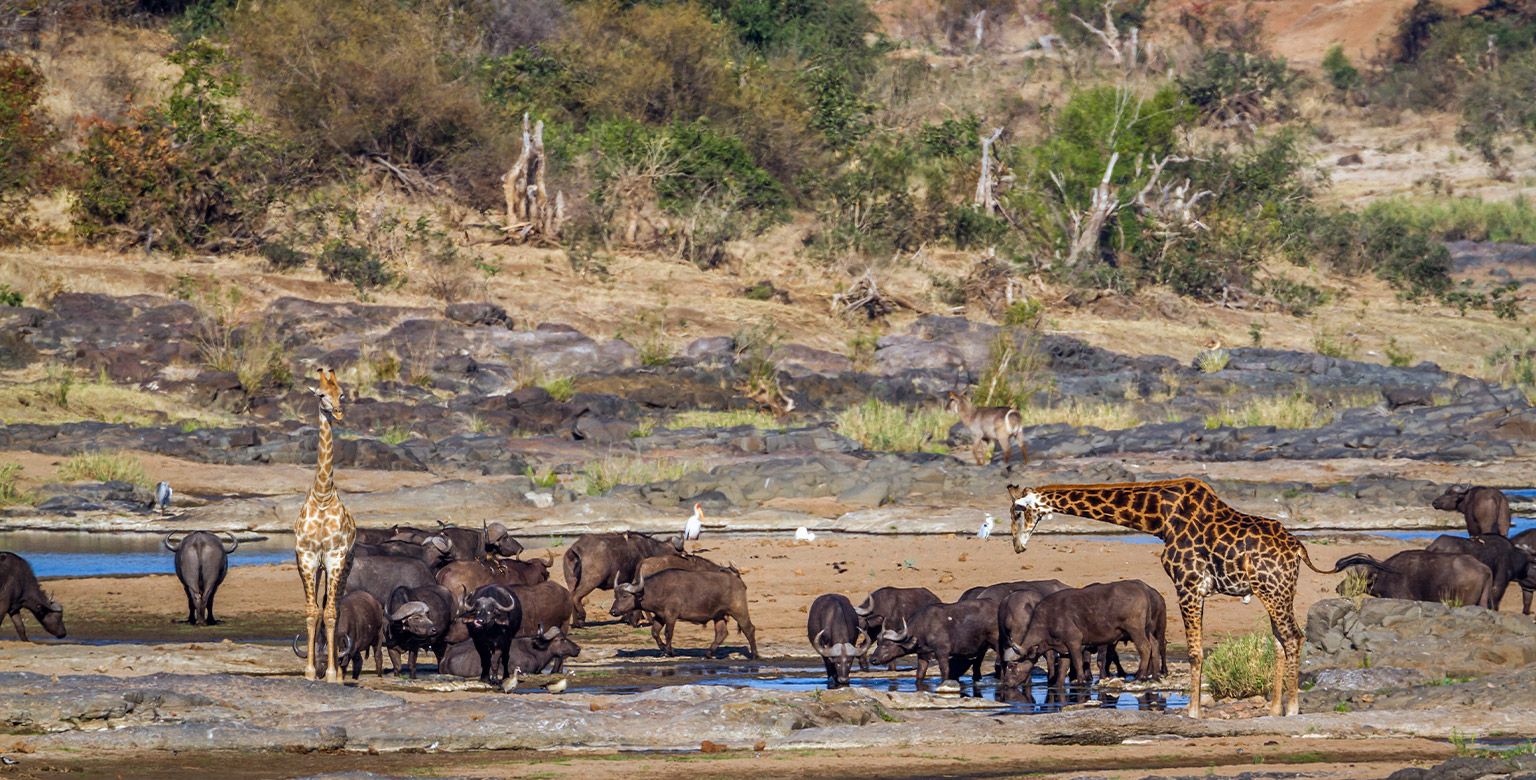
9. Chobe National Park, Botswana
Situated in northern Botswana, Chobe National Park is a wildlife lover’s dream. Covering 11,700 square kilometers, this park is a jewel in Africa’s conservation crown. It is famed for its unparalleled elephant population, diverse ecosystems, and breathtaking views along the Chobe River. Established in 1968, Chobe is Botswana’s first national park and plays a pivotal role in the country’s conservation legacy.
The park is best known as the Elephant Capital of Africa, with an estimated population of 120,000 elephants. These gentle giants are often seen in large herds, especially along the Chobe River during the dry season. This remarkable concentration makes Chobe a top destination for anyone wanting to witness elephants in their natural habitat.
Chobe’s wildlife diversity extends far beyond elephants. Lions, leopards, buffaloes, giraffes, and hippos are among the many species that thrive in the park’s varied terrains. With over 450 recorded bird species, including African fish eagles, carmine bee-eaters, and the rare Pel’s fishing owl, Chobe is a paradise for birdwatchers.
What sets Chobe apart is the Chobe River, which provides a lifeline to its abundant wildlife. Visitors can enjoy unique boat safaris, where animals can be observed from a different perspective as they gather along the water’s edge to drink, bathe, or hunt. Traditional game drives also allow travelers to explore the park’s rich landscapes, from floodplains to savannahs and dense woodlands.
Its strategic location near the borders of Namibia, Zambia, and Zimbabwe makes Chobe a perfect addition to a multi-country African adventure. Visitors often pair their trip with a visit to the nearby Victoria Falls, one of the world’s natural wonders.
For those seeking dramatic wildlife encounters and serene landscapes, Chobe National Park delivers an unforgettable African safari experience.
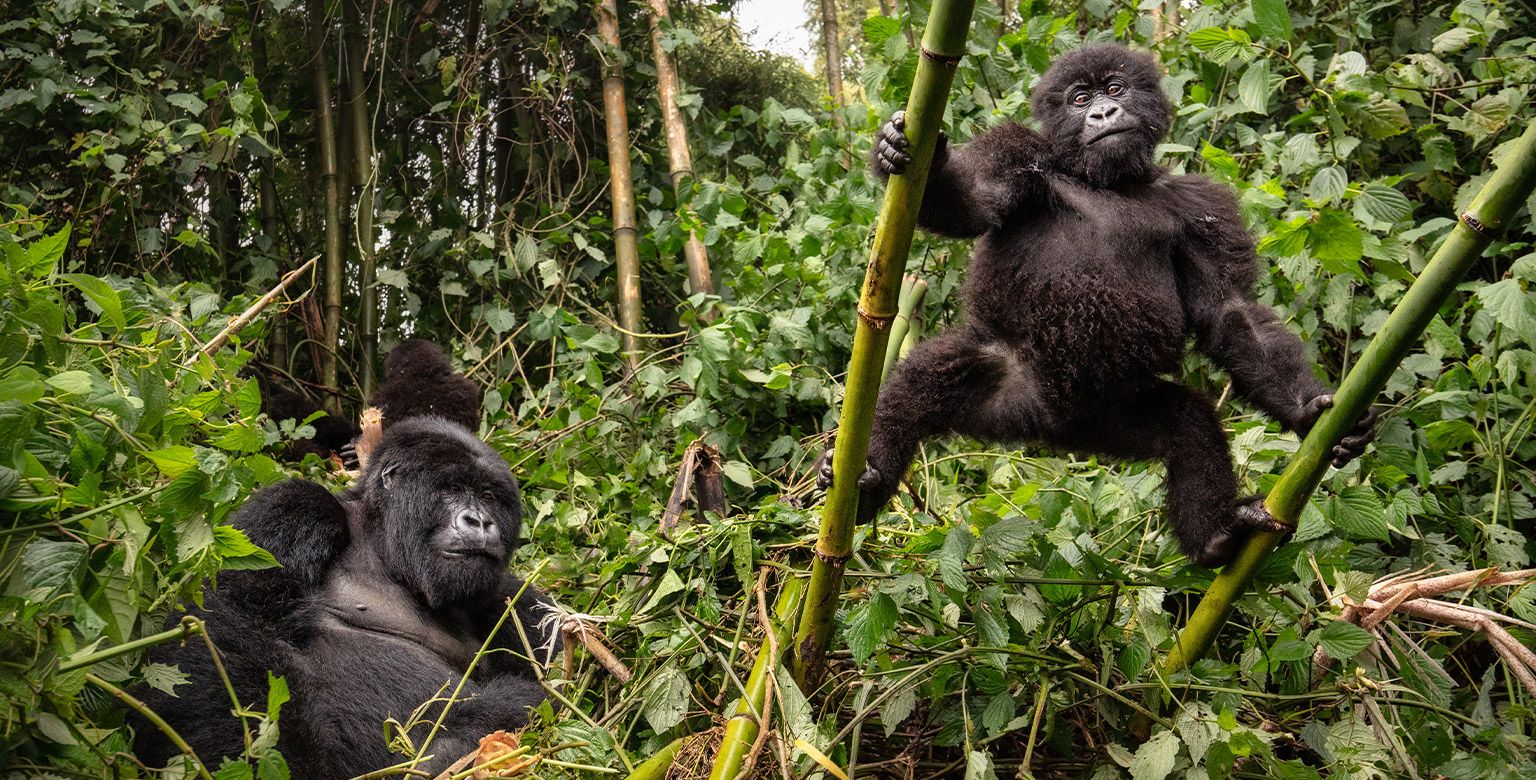
10. Bwindi Impenetrable National Park, Uganda
Tucked away in southwestern Uganda, Bwindi Impenetrable National Park is a lush and mystical sanctuary spanning 321 square kilometers. Though smaller in size compared to other reserves, it is one of Africa’s most extraordinary destinations, renowned as the home of half the world’s population of critically endangered mountain gorillas.
Bwindi’s dense forests, a UNESCO World Heritage Site, are among the oldest in Africa, dating back over 25,000 years. This ancient ecosystem supports an incredible diversity of life, including 120 species of mammals, 350 bird species, and countless butterflies, reptiles, and amphibians. However, it is the gorillas that steal the spotlight.
The highlight of any visit to Bwindi is the once-in-a-lifetime experience of gorilla trekking. Guided treks take visitors deep into the forest to observe these gentle giants in their natural habitat. Watching a family of mountain gorillas interact—playing, foraging, or simply relaxing—is a profound and humbling experience that connects travelers to nature in a deeply personal way.
Beyond the gorillas, Bwindi offers opportunities to discover more of its incredible biodiversity. Birdwatchers can spot species such as the African green broadbill and Shelley’s crimson wing, while the forest’s waterfalls and trails provide a haven for hikers seeking serene landscapes.
Bwindi also plays a crucial role in conservation and community development. The park’s gorilla trekking permits funding vital conservation projects that benefit local communities, ensuring that tourism here supports sustainable practices.
For travelers seeking a unique and intimate wildlife experience, Bwindi Impenetrable National Park is unmatched. Its rich biodiversity, stunning landscapes, and the chance to connect with one of the planet’s most iconic species make it a must-visit destination.
What Makes African Natural Reserves Unique?
Africa’s natural reserves stand apart from others worldwide due to their vastness, biodiversity, and cultural significance. These protected areas are not just wildlife havens but also living testaments to the continent’s ecological and cultural heritage.
First, there’s the sheer scale of these reserves. From the sprawling savannahs of the Serengeti to the labyrinthine waterways of the Okavango Delta, these areas stretch across thousands of square kilometers. Their size supports diverse ecosystems, creating habitats for countless species that thrive without the pressure of overpopulation or human interference.
Biodiversity is another defining characteristic. African reserves are home to iconic species such as lions, elephants, giraffes, and rhinos, as well as unique flora like baobabs and the ancient Welwitschia plant. Many of these species are endemic or endangered, and the reserves play a crucial role in their conservation.
Cultural significance also adds a layer of uniqueness. Reserves like the Serengeti and Bwindi are deeply intertwined with the histories of local communities, such as the Maasai and the Batwa. These communities have lived in harmony with the land for centuries, and their traditions enrich the visitor's experience.
Finally, African reserves are prime examples of effective conservation efforts. These areas prioritize eco-tourism and sustainable practices, ensuring that wildlife and ecosystems are preserved for future generations. Travelers who visit these reserves contribute directly to these efforts, supporting the protection of these irreplaceable natural treasures.
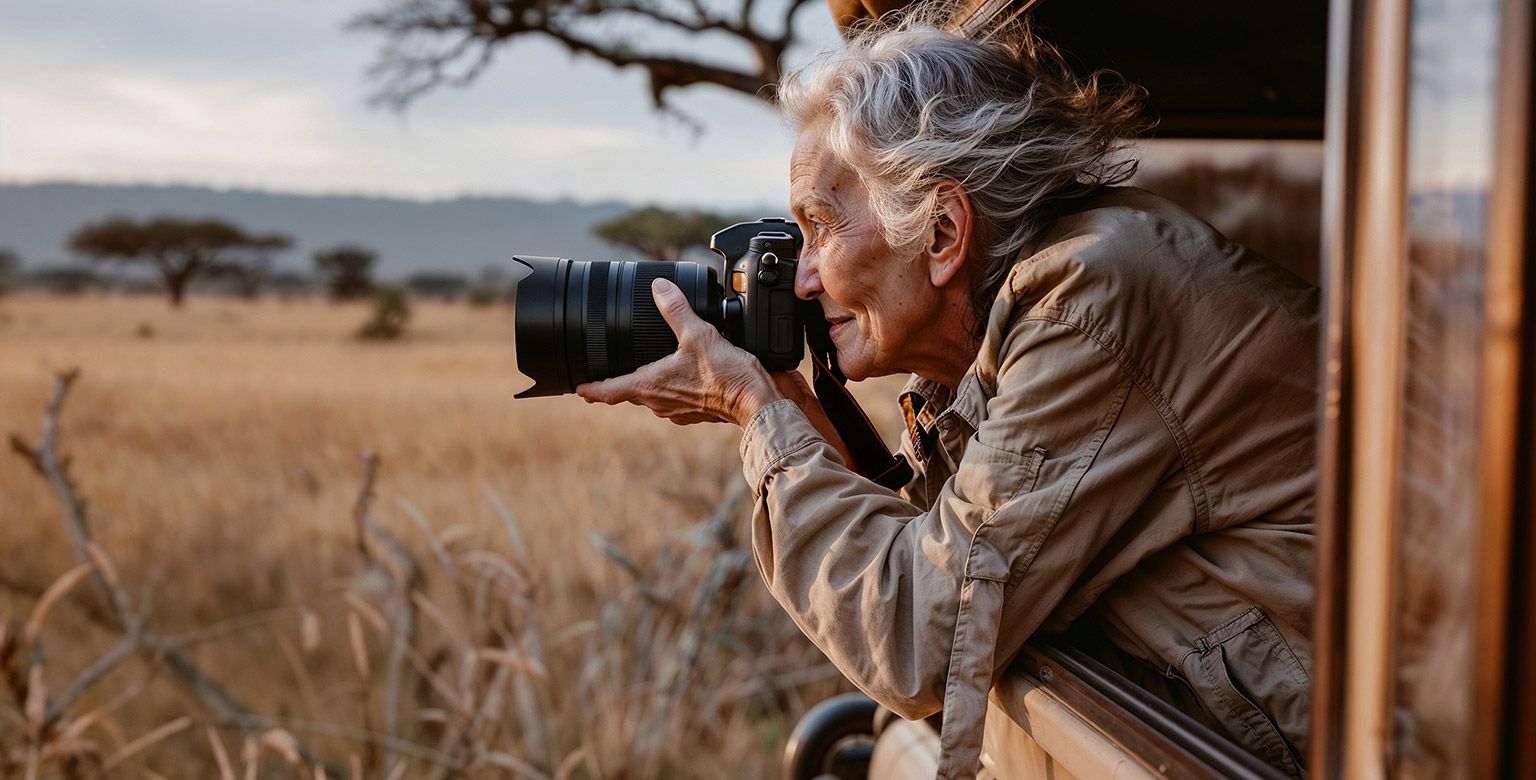
Why Visit Africa for Wildlife Tourism?
Africa offers a safari experience unlike anywhere else in the world. Its natural reserves provide opportunities to see iconic wildlife up close in their natural habitats, creating memories that last a lifetime.
A major draw is the chance to witness world-famous events like the Great Migration in the Serengeti or the massive elephant gatherings along the Chobe River. These spectacles are not just visually stunning but also deeply moving, showcasing the delicate balance of nature.
African reserves also cater to various travel preferences. Whether you’re looking for luxury lodges or rustic camping, guided safaris, or self-drive adventures, there’s something for everyone. Activities such as gorilla trekking in Bwindi or mokoro rides in the Okavango Delta add a unique, immersive element to the experience.
Moreover, visiting these reserves supports conservation and local communities. Eco-tourism initiatives ensure that a portion of the revenue goes back into protecting wildlife and providing sustainable livelihoods for people who live nearby.
Choosing Africa for wildlife tourism is more than just a vacation—it’s a chance to connect with the planet’s wildest and most beautiful places while contributing to their preservation.
Conclusion
Africa’s natural reserves are more than just destinations; they’re journeys into the soul of the wild. From the endless plains of the Serengeti to the misty forests of Bwindi, each reserve tells a story of resilience, beauty, and the interconnectedness of life.
These reserves are vital for the survival of countless species and for the cultural heritage of the communities that call these regions home. By visiting, travelers contribute to the conservation of these extraordinary places, ensuring they remain protected for generations to come.
For those seeking adventure, tranquility, and a deeper connection with nature, Africa’s most significant natural reserves are unparalleled. They are must-visit wildlife destinations that will leave you in awe of the planet’s natural beauty.

Planingo
FAQ
